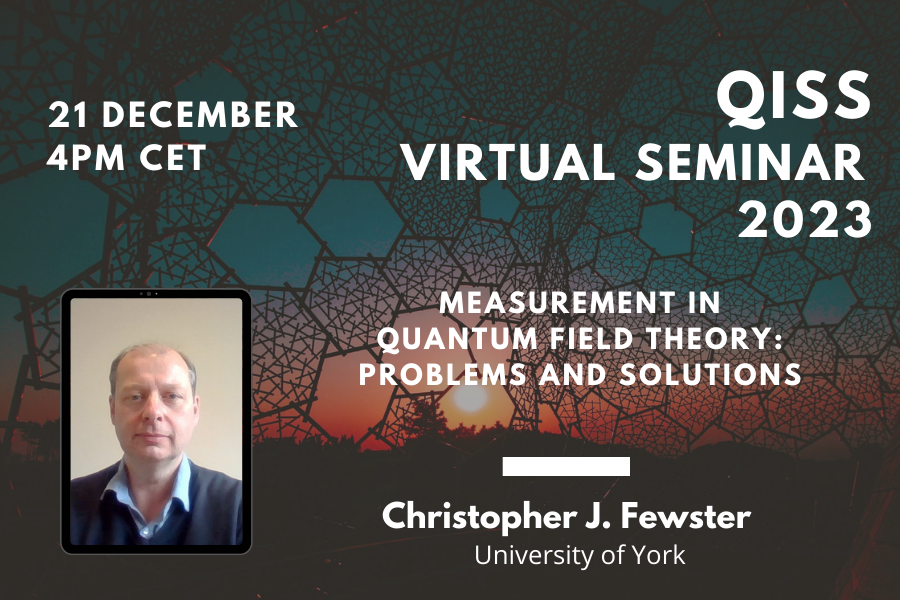Christopher J. Fewster
University of YorkMeasurement in Quantum Field Theory: Problems and Solutions
Many presentations of quantum mechanics include a postulate that the state of a system undergoes an instantaneous change following a measurement. This is clearly incompatible with special and general relativity and raises questions concerning the description of measurement in quantum field theory (QFT). Attempts to extend measurement postulates to QFT by hand have produced pathologies, …
